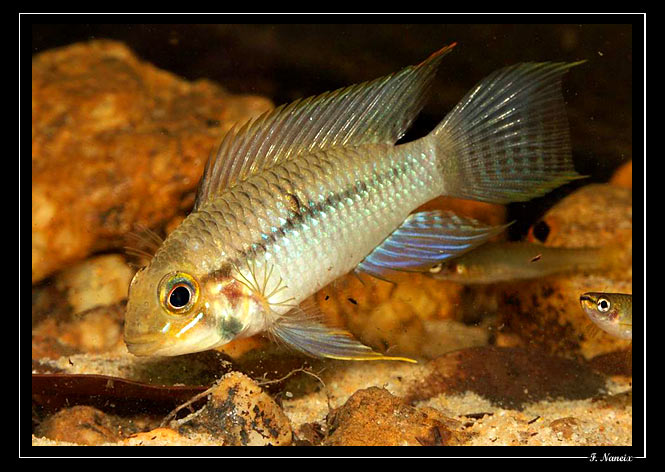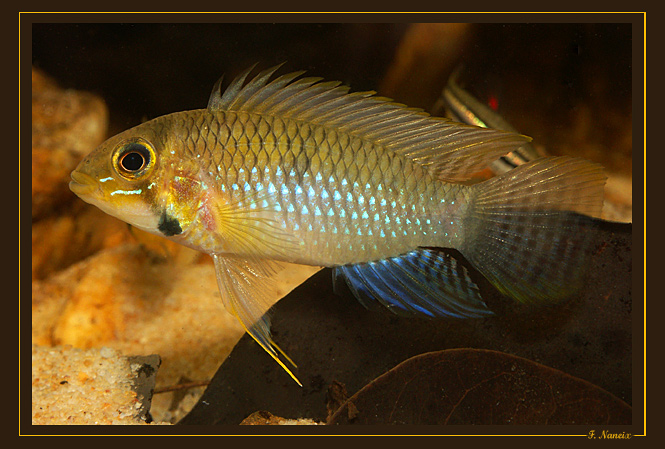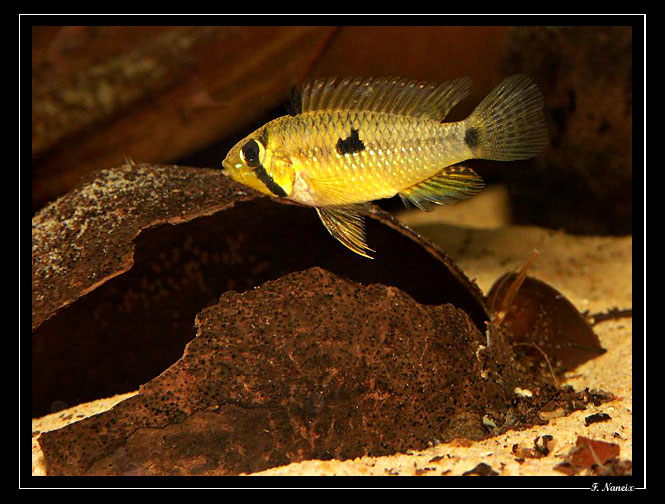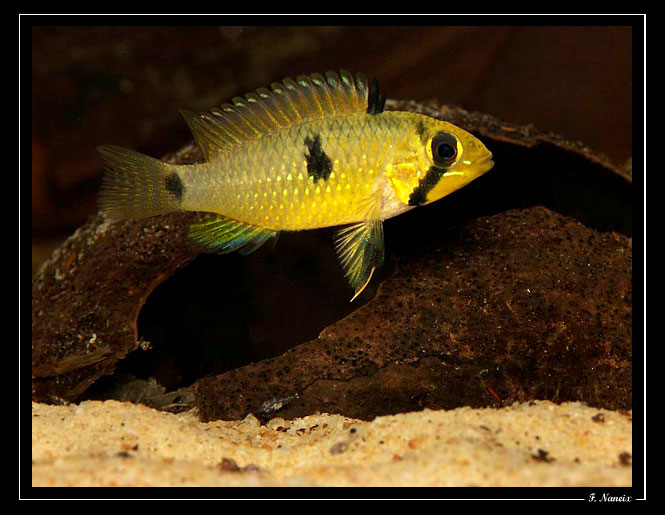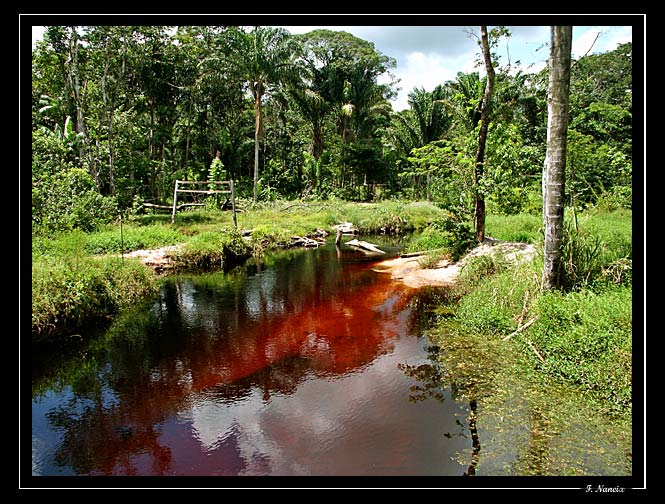Hi,
I've just caught some A. steindachneri in Surinam.
I'd like to have a good idea of this complex, so could you tell me :
I know A. hippolytae, A. rupununi, A. steindachneri, A. aff. rupununi and A. sp. Rio Preto, is there another species ?
Could you tell me more for A. sp. Rio Preto. (from the upper Rio Madeira drainage ???)
Thanks, and sorry for my english.
I've just caught some A. steindachneri in Surinam.
I'd like to have a good idea of this complex, so could you tell me :
I know A. hippolytae, A. rupununi, A. steindachneri, A. aff. rupununi and A. sp. Rio Preto, is there another species ?
Could you tell me more for A. sp. Rio Preto. (from the upper Rio Madeira drainage ???)
Thanks, and sorry for my english.
